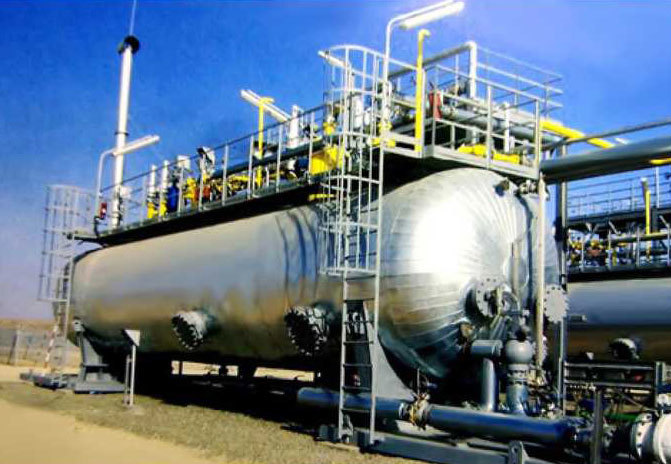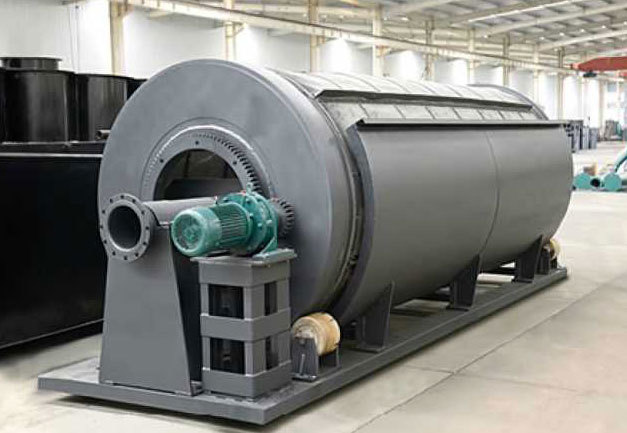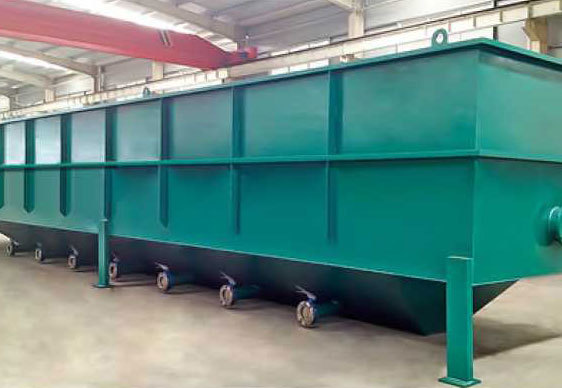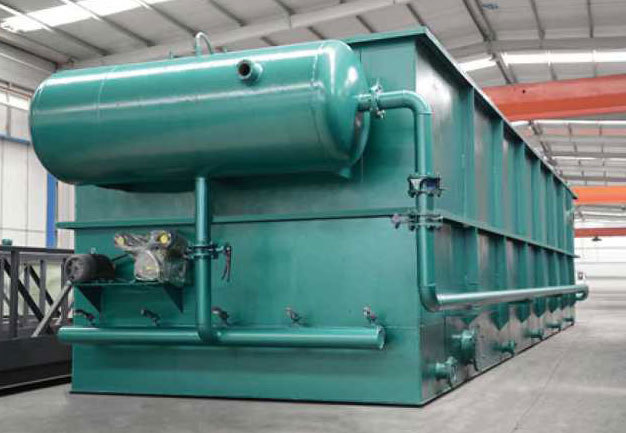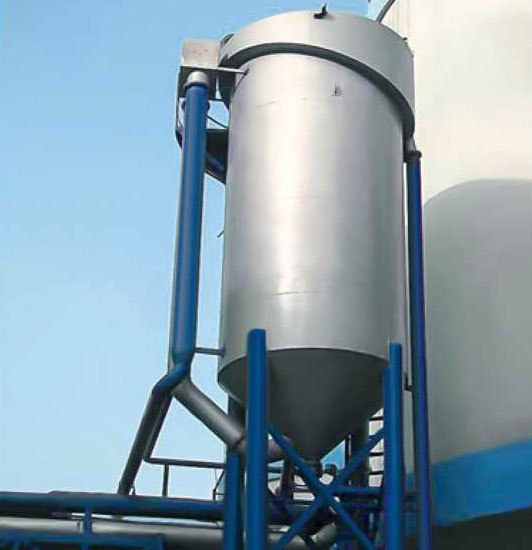Category
Ultrasonic bio-pulping technology
Category:
In ultrasonic pulping, water serves as the ultrasonic transmission medium. The mechanical and cavitation effects of ultrasound are utilized to impact and erode the fiber raw materials. Based on the frequency characteristics of ultrasound, it assists biological enzymes in selectively acting on cellulose, hemicellulose, and lignin components, separating the fibers to complete the pulping process.
Keywords:

Tel:
HOTLINE:400-678-1829
WHATSAPP:+8619953608211
Detail
Detail
Ultrasonic Pulping Principle
In the ultrasonic pulping process, water is used as the ultrasonic transmission medium. The mechanical effects and cavitation effects of ultrasound are used to impact and erode the fiber raw materials. Based on the frequency characteristics of ultrasound, it assists biological enzymes in selectively acting on cellulose, hemicellulose, and lignin components, separating the fibers to complete the pulping process.
Advantages of Ultrasonic Biological Pulping
1) Ultrasonic biological pulping technology simplifies the process flow, eliminating the alkali recovery system and bleaching section. It fundamentally eliminates the environmental pollution caused by the large-scale use of alkali, sulfur, and chlorine chemicals in the papermaking industry, making it environmentally friendly.
2) A single machine can complete pulping and bleaching, combining pulping and bleaching into one. Bleaching principle: In the ultrasonic pulping reaction process, the cavitation effect produces a series of active free radicals with strong oxidizing properties, which play the role of a green and environmentally friendly bleaching agent while assisting in the degradation of lignin.
3) It expands the sources of papermaking raw materials. In addition to wood raw materials, it also makes full use of agricultural waste such as bamboo, giant king grass, rice straw, wheat straw, elephant grass, reeds, and hemp.
4) Low investment (40% of traditional pulping investment), high pulping yield, good fiber quality, and low cost.
In general, ultrasonic pulping has multiple advantages, including zero emissions, no pollution, no odor, energy saving, and reduced production costs.
Ultrasonic pulping can be divided into continuous and intermittent types, and the ultrasonic frequency can be divided into multi-frequency and single-frequency. The ultrasonic working mode can be divided into pulsed wave and continuous wave.
Ultrasonic Pulping Process Flow
Preparation → Ultrasonic reactor (simultaneous pulping and bleaching) → Discharge bin → Extraction of original solution → Screening and pressing machine → Wet pulp sales
↓
The extracted original solution is processed and reused in production
ONLINE MESSAGE
*Note: Please make sure to fill in the information accurately and maintain smooth communication. We will contact you as soon as possible
Related Products
Huanke Environmental Protection Technology
HOTLINE:
Address:Optoelectronic Industry Accelerator in Weifang Hi-Tech Zone, Shandong Province, China
Contact:Zhang Gong
WhatsApp:+8619953608211
Email:eco.eqpt@gmail.com


Consult

TikTok
Copyright © 2023 Shandong Huanke Environmental Protection Technology Co., Ltd
